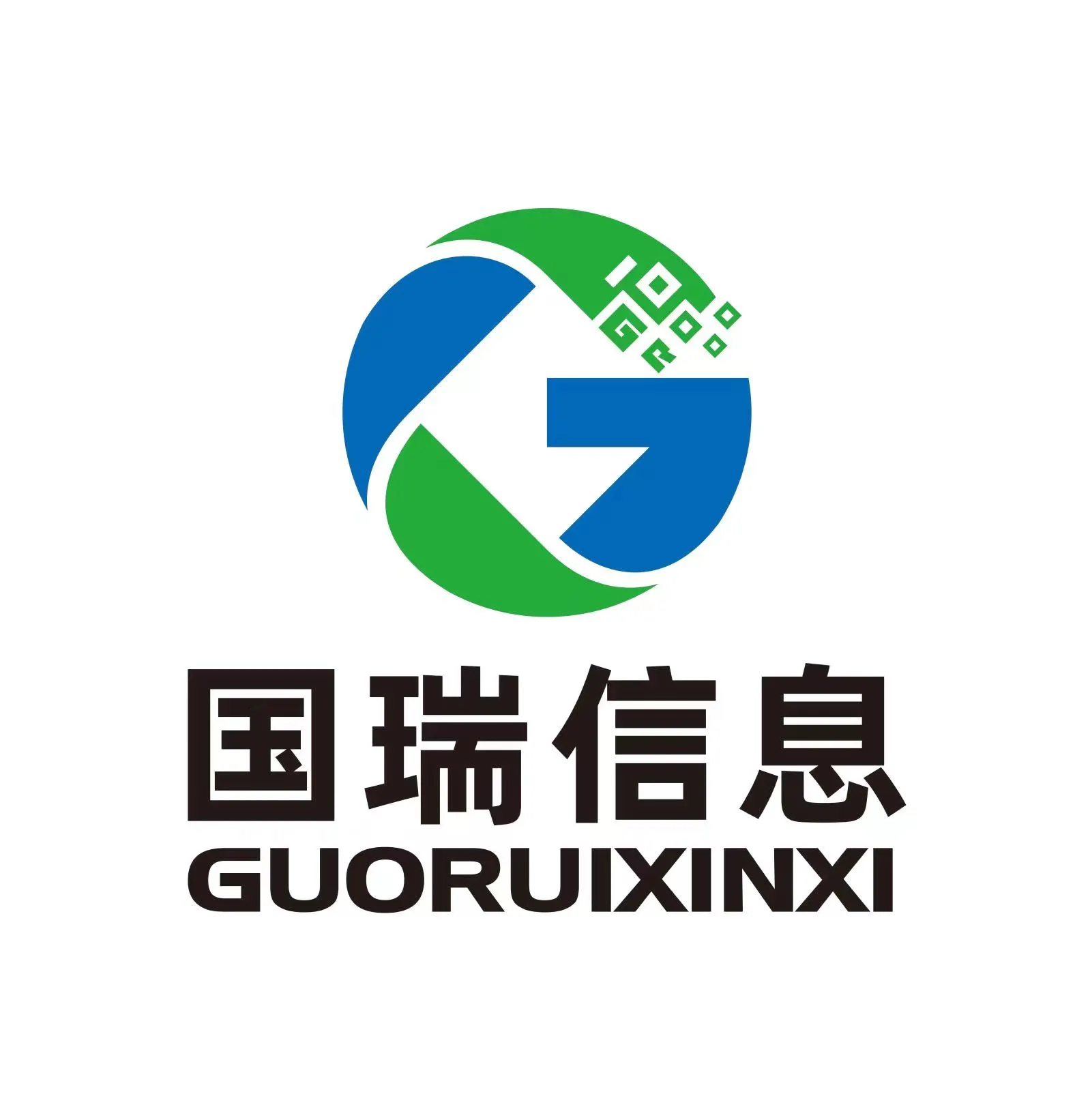Flexible Wire Protection Solutions for Enhanced Durability and Safety in Wiring Systems
Understanding Corrugated Wire Conduit A Versatile Solution for Electrical Wiring
In the realm of electrical installations, ensuring the safety and efficiency of wiring systems is paramount. Among the various protective mechanisms available, corrugated wire conduit stands out as a versatile and effective solution. This article delves into the features, applications, advantages, and installation practices associated with corrugated wire conduits, providing a comprehensive understanding of this essential electrical component.
What is Corrugated Wire Conduit?
Corrugated wire conduit is a flexible tube made from materials such as PVC or polyethylene, designed to protect electrical wires from environmental damage, mechanical stress, and potential hazards. The distinctive corrugated design allows for increased flexibility and shock absorption, making it ideal for a variety of applications.
Features of Corrugated Wire Conduit
1. Flexibility The corrugated design provides exceptional flexibility, enabling the conduit to bend and traverse around obstacles easily. This quality is particularly useful in complex wiring installations where a straight run is not feasible.
2. Durability Typically made from robust materials, corrugated wire conduits are resistant to impact, abrasion, and various chemicals. This durability ensures the protection of the wires within, even in harsh environments.
3. Lightweight Compared to rigid conduit options, corrugated wire conduits are significantly lighter, making them easier to handle and install. This feature can lead to reduced labor costs and shorter installation times.
4. Moisture Resistance Many corrugated conduits offer excellent moisture resistance, making them suitable for outdoor applications or areas prone to humidity. This quality helps prevent corrosion and electrical hazards.
5. Fire Safety Some manufacturers produce corrugated conduits that meet fire safety standards, adding an extra layer of protection to electrical systems.
Applications of Corrugated Wire Conduit
Corrugated wire conduits find applications across various industries and settings, including
- Residential Installations In homes, corrugated conduits protect electrical wiring for lighting, appliances, and HVAC systems. Their flexibility allows for creative routing around walls and ceilings.
- Commercial Buildings In commercial settings, these conduits are used to organize and protect wiring for office equipment, lighting, and security systems. They can be easily modified to accommodate changes in technology and layout.
- Industrial Applications Manufacturing plants and warehouses often use corrugated wire conduits to safeguard electrical systems from heavy machinery, chemicals, and other potential sources of damage.
corrugated wire conduit

- Outdoor Applications Corrugated conduits are ideal for outdoor installations, such as landscaping lighting, garden fountains, and other electrical components exposed to the elements
.Advantages of Using Corrugated Wire Conduit
1. Enhanced Protection The primary advantage of using corrugated wire conduit is the protection it offers to electrical wires. The risk of wear and tear due to environmental factors is significantly minimized.
2. Ease of Installation The lightweight and flexible nature of corrugated conduits makes them easier to install compared to traditional conduits. They can be cut to size, bent, and routed without the need for specialized tools.
3. Cost-Effectiveness While the initial investment may be slightly higher than using standard wire looms, the long-term benefits of reduced maintenance and enhanced safety can lead to significant cost savings.
4. Versatile Design Options With various sizes and configurations available, corrugated conduits can be tailored to meet specific project requirements, providing a customized solution.
Installation Practices
When installing corrugated wire conduit, it is essential to adhere to best practices to ensure optimal performance
- Plan the Layout Before installation, plan the conduit layout, considering bends, length, and wire types to prevent future complications.
- Use Proper Fittings Utilize compatible fittings and connectors to ensure secure connections and prevent moisture ingress.
- Secure the Conduit Use appropriate fasteners to secure the conduit in place, maintaining the integrity of the protective barrier around the wires.
- Follow Electrical Codes Always adhere to local electrical codes and regulations to ensure compliance and safety.
Conclusion
Corrugated wire conduit is an invaluable component in the electrical industry, offering enhanced protection, flexibility, and ease of installation. Its diverse applications and numerous advantages make it an ideal choice for both residential and commercial electrical systems. As technology advances, the continued evolution of materials and designs will likely further enhance the effectiveness and efficiency of corrugated wire conduits, ensuring their place in the future of electrical installations.








